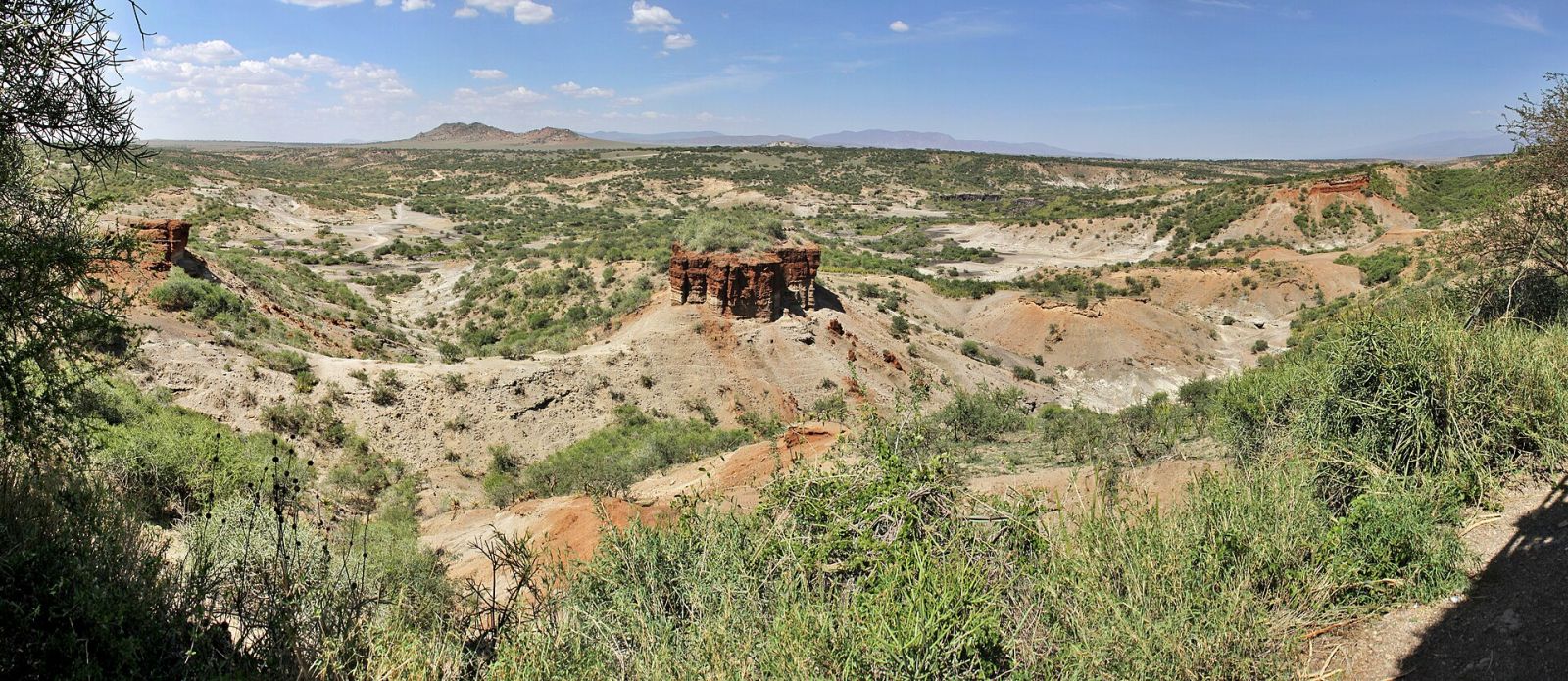Homo erectus successfully adapted to deserts 1 million years ago 🌵
Published by Cédric,
Article author: Cédric DEPOND
Source: Nature Communications Earth & Environment
Other Languages: FR, DE, ES, PT
Article author: Cédric DEPOND
Source: Nature Communications Earth & Environment
Other Languages: FR, DE, ES, PT
Follow us on Google News (click on ☆)
The Oldupai Gorge in Tanzania offers a unique glimpse into this era. This site, often considered the cradle of humanity, has provided clues about how Homo erectus managed to adapt to hostile landscapes. Researchers have reconstructed an environment marked by drought, where resources were scarce and scattered.
A hostile environment
Between 1.2 and 1 million years BCE, the Oldupai region was dominated by semi-desert plains. Analyses of sediments and fossil pollen show sparse vegetation, mainly composed of drought-resistant plants. Climatic conditions were extreme, with high temperatures and limited water availability.
Researchers have also identified traces of brush fires and saline soils, characteristic of arid zones. These elements confirm that the environment was particularly inhospitable. Yet, Homo erectus not only survived but also thrived in this setting.
Ingenious adaptation strategies
Homo erectus developed sophisticated techniques to exploit available resources. Stone tools, including bifaces and scrapers, attest to advanced technical skills. These instruments allowed them to process animal carcasses and extract bone marrow, a crucial nutritional source.
Water sources, such as ponds and river confluences, played a central role in their survival. Homo erectus regularly returned to these strategic locations, demonstrating an ability to plan and adapt to environmental constraints.
A diversified diet
Isotopic analyses of fossils reveal a varied diet. Homo erectus consumed medium-sized animals, such as cattle and antelopes, as well as plants available in this arid environment. This omnivory was likely a key factor in their resilience.
Cut marks on animal bones indicate intensive resource exploitation. This strategy allowed them to maximize nutritional intake in an environment where food was scarce.
Unexpected ecological flexibility
Contrary to the common belief that Homo erectus was limited to temperate environments, this study shows that they were capable of adapting to extreme conditions. This ecological flexibility likely facilitated their expansion out of Africa into arid regions of Eurasia.
The discoveries at Oldupai redefine our understanding of human evolution. They highlight that the ability to survive in hostile environments is not exclusive to Homo sapiens but a characteristic shared with our ancestors.
